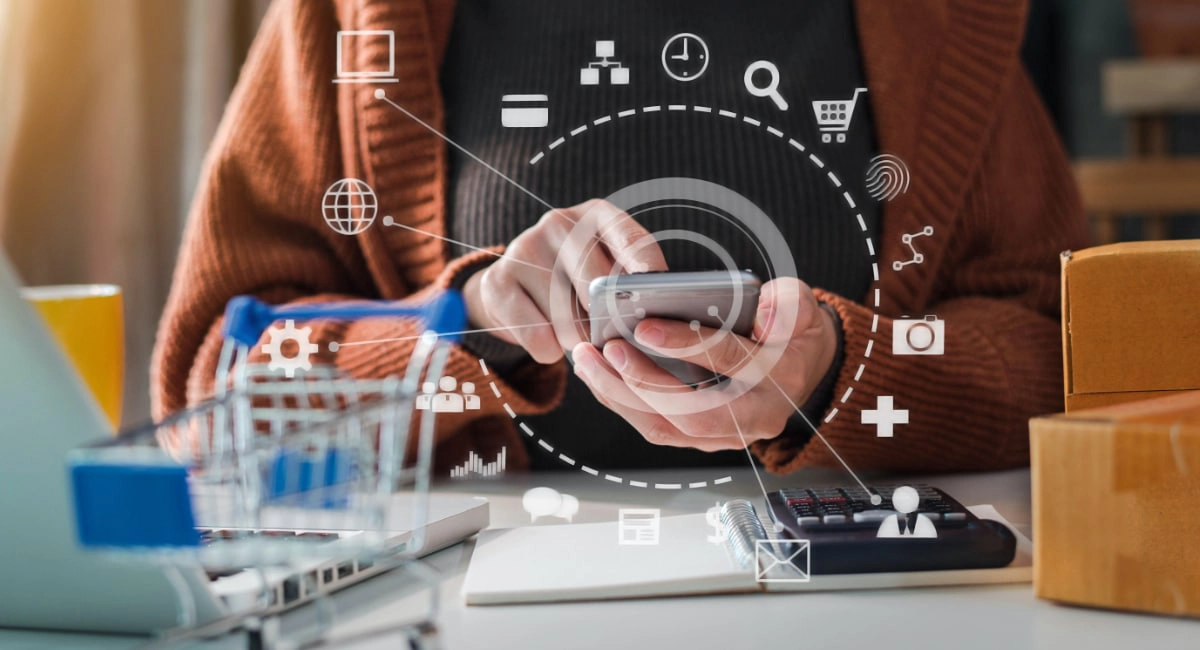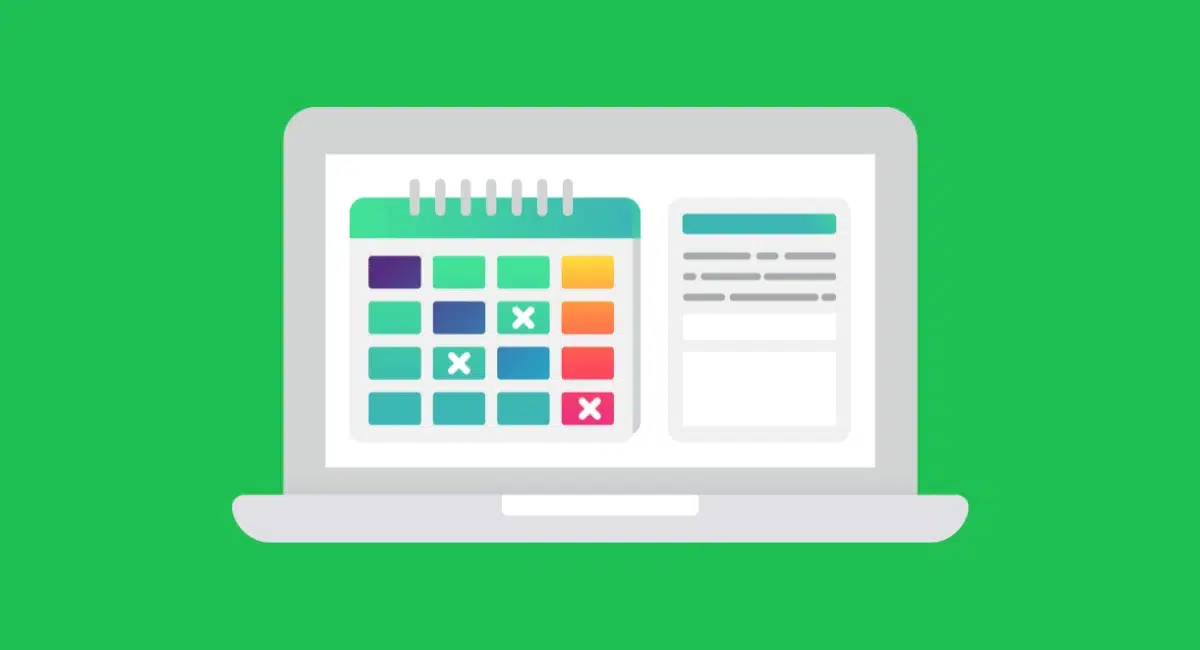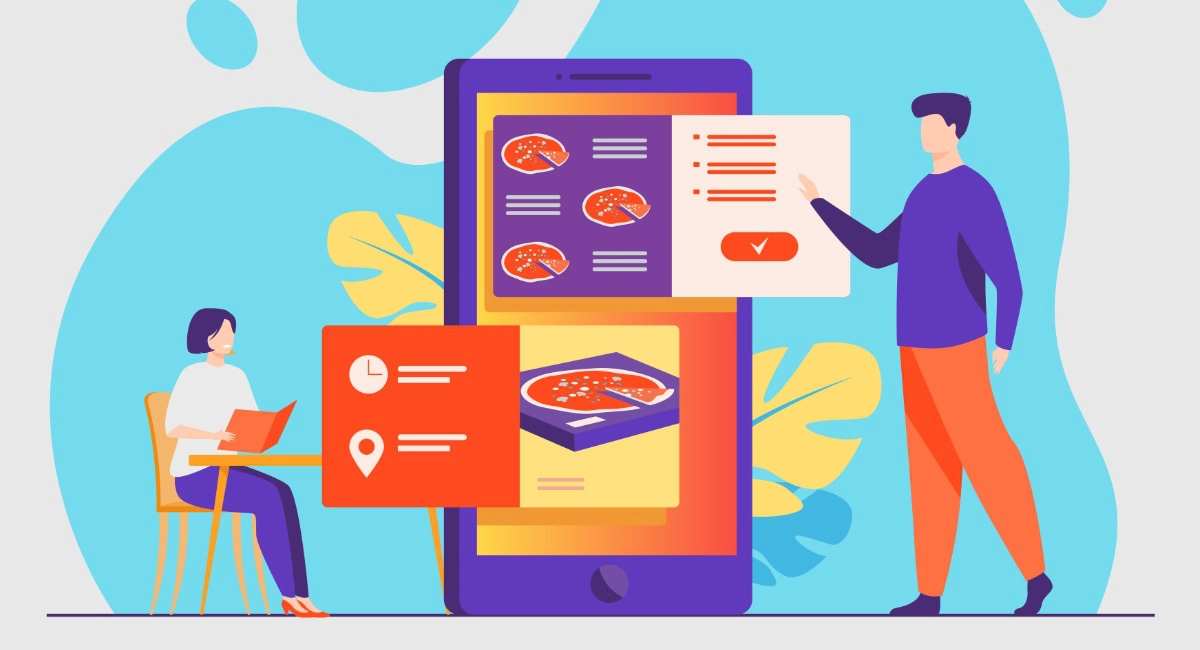It’s commonplace to see retail businesses selling both face to face and online, and often, this is referred to as multi-channel or omni-channel retail. Is multichannel and omnichannel the same thing? Nope – here’s how they differ.
Definitions
Multichannel retail: Literally means “many” channels, where each channel promotes products in isolation from the customer’s experience through other sales channels.
Omnichannel retail: Literally means “all” channels, where channels are interlinked to create a coherent experience centring around the customer’s situation.
Multichannel means that people can purchase products from the same business through several different sales channels, each forming a very siloed customer experience. It is based on the assumption that consumers choose a single way to buy, from start to finish, through the same sales channel.
Omnichannel, on the other hand, means all channels work together to enable a coherent experience tailored around the customer’s particular situation or touchpoints across the business. For example, if someone started engaging with a product through one platform, other channels interact with that person based on where the person is in the decision-making process.
Let’s have a closer look at the differences.
How does multichannel work?
Most small businesses take a multichannel approach to sales. That is, ecommerce and in-store sales are not linked up, perhaps except for a few areas like stock levels and customer profiles saved in the POS software or/and ecommerce platform.
That is, the way these are linked don’t easily help the business create a personalised approach to each customer.
To illustrate, these are typical indicators that you are conducting multichannel retail:
- Your point of sale (POS) system uses software that is not integrated with ecommerce
- Staff incentives are based on maximising sales in store, not online purchases
- Your online store is built to maximise sales online, not in-store
- Online ads are based on channel-specific algorithms, not the customer’s experience as a whole from that company
- Your POS software doesn’t support multiple shop locations
Examples of channels
To give an example, multichannel businesses may have in-store promotions leading to more POS transactions. Shop assistants may try to talk a customer out of going online to buy an item that’s currently out of stock. The customer goes home to buy the item online anyway from the same company (priced lower than in the physical store), but sees ads based on her computer’s location and gender, even though the thing she wanted was something else. Nevertheless, she goes ahead with the purchase that will be shipped from a warehouse that only stores products for the online store.
How is omnichannel different?
Omnichannel retail is more like an interconnected organism that centres around the customer. Typical characteristics are:
- It’s intelligent, i.e. interacts with the customer at calculated times with the right kind of information/prompts based on interactions with the company
- It knows where the customer is in the sales cycle and only gives relevant information based on this
- Ecommerce and POS sales are closely integrated so it’s possible to start a transaction/communication one place and finalise it on another channel
- The customer’s transactions and marketing exposure are interlinked
Omnichannel businesses may use customer loyalty schemes (building a purchase history), an integrated POS-ecommerce combo that’s totally synced across all areas, website analytics recording visitor behaviours, mailing lists linked to customer profiles, targeted ads on social media and websites, automated long-term campaigns based on behavioural analytics for each customer profile, order-and-collect service, and more.
To give an example, a customer may come into a store and chat to a sales assistant about a discounted coat that’s not in stock that day. The sales assistant offers the same discount online as long as she enters a voucher code (linked to the staff member so he gets a commission). The customer goes home and buys the coat online, signs up for a loyalty account and follows the company on Facebook. She starts to see ads around the internet about coat accessories, but never the same ad across platforms.
Should you try to be omnichannel or multichannel?
In short, omnichannel requires more resources to set up, while multichannel selling is quite affordable for a small business to manage.
Those with a limited budget and one or few stores would be better off getting a sector-specific POS system, and build an online store or other online ordering option. Many ecommerce platforms are simple to set up, orders synced with in-store transactions (makes business operations much more efficient when inventory is integrated), sometimes with customer loyalty systems that cuts across channels. However, more sophisticated systems of targeted marketing campaigns require a system that is rarely part of mainstream retail software.
Larger business with the capacity to implement a comprehensive content management system (CMS), spend money on online marketing campaigns and hire IT or ecommerce specialists can implement an omnichannel strategy that cuts across all layers of the business. This requires vision from the company leadership, as there is otherwise a risk of isolating teams when they should in fact work together with the customer in focus.




